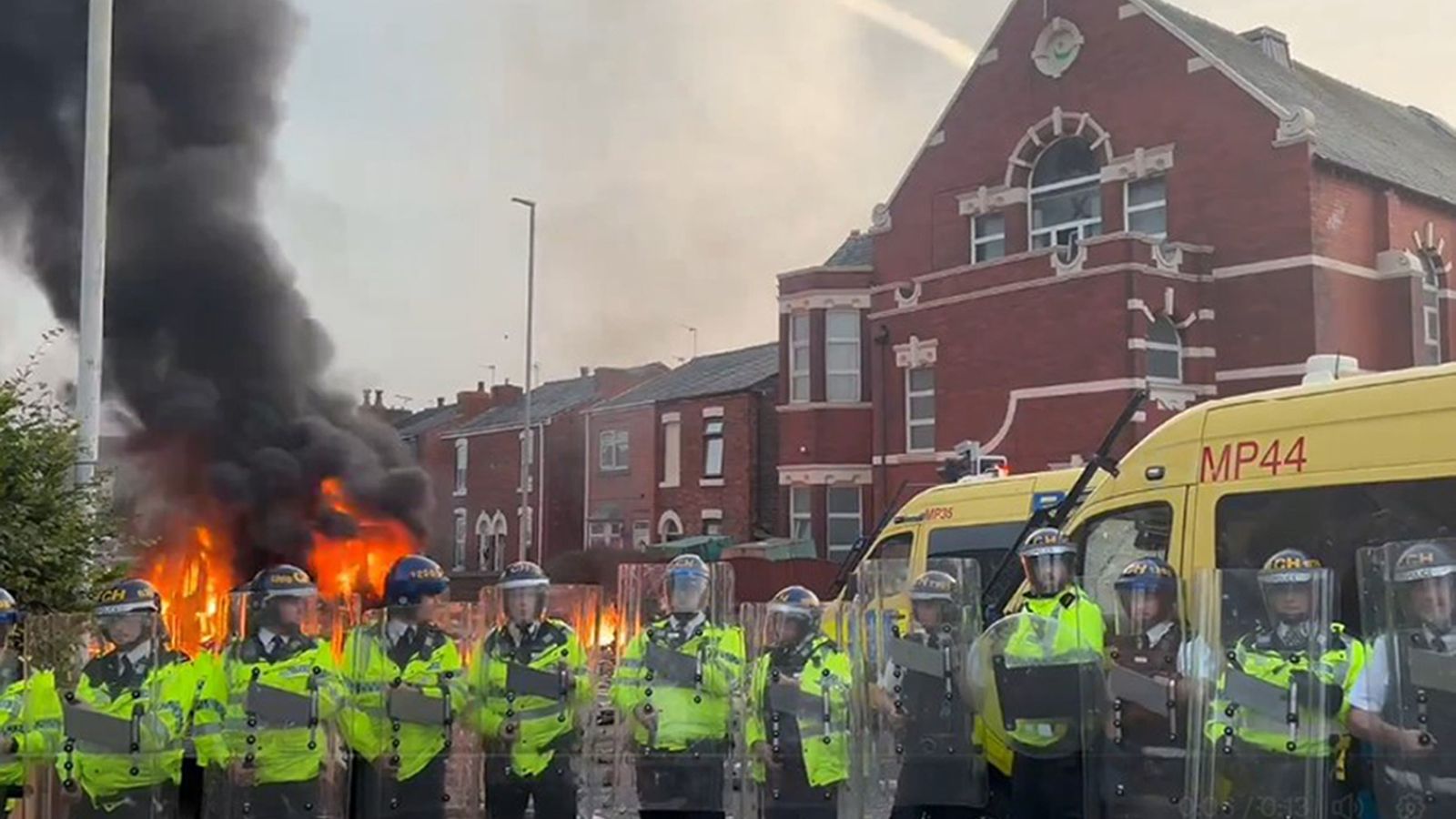Changes to the curriculum could mean schoolchildren analyse articles in English lessons to weed out fabricated stories, learn how to identify fake news in computer classes and analyse statistics in maths.
Bridget Phillipson said she is launching a review of the curriculum in both primary and secondary schools to embed critical thinking across multiple subjects and arm children against “putrid conspiracy theories”.
It means schoolchildren may analyse articles in English lessons to help learn how to them weed out fabricated clickbait from accurate reporting.
Computer lessons could teach them how to spot fake news sites and maths lessons could include analysing statistics in context.



Personally, this would not help me at all. A 48-point series of questions to consider and it’s not in any way insightful.
I’d just write “Is the headline written to be emotional rather than factual? Does the article actually back up the claim in the headline with facts? Does it cite a source that you can check? Does checking the source tell the same story?”
I’ve found a layered approach is the best bet. A lot of articles have little to no political subtext. These can be read in a relaxed manner. Those that appear to have some bias can then be subject to a deeper analysis.
It’s not perfect, but it limits the cognitive load to something manageable, while allowing you to catch the worst articles easily.
The image posted makes a good 2nd or 3rd pass guide.